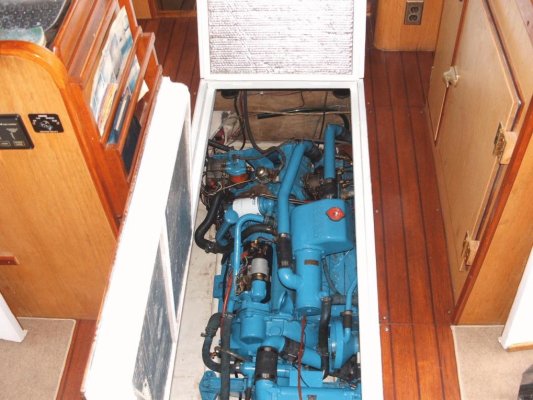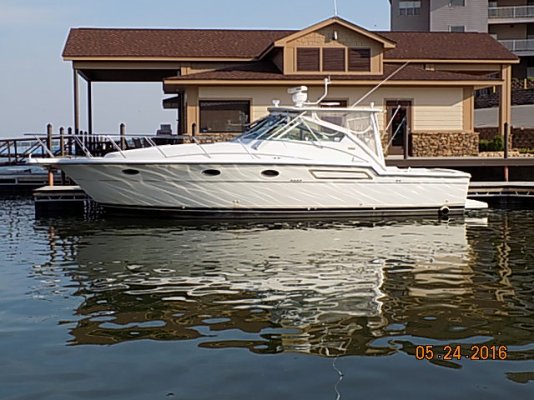Question that has come up.....
Regarding fuel and speed.
Is there a big difference in fuel burn with any hull when operated at hull speed, everything else equal?
I hear that the bigger the engine, the more fuel burn. I believe they can be just as efficient as a small engine, if operated at the same power, perhaps better. I've also heard that displacement hull is much more efficient than the other hull designs. Now extremes like comparing a 1300 hp engine to a 200 hp may be totally different.
But, my friend that operates a 455 Meridian gets 8.4 mph on 2.1 gph (4mpg), with twin Cummins diesels 370's. He's on his 3rd loop and a very detailed person. But sounds exceptional.
I'm using this to decide what boats to look at and seems it really doesn't make a lot of difference. It's more operator technique than design.
However, another friend who has done a half loop and a lot of boating gets 8 mph on 1.5 gal in his 32 Senator (Grand Banks lookalike), but a much smaller boat.
Gut feeling, I'll be in the 35 to 42 foot size and engines aren't significantly different.
For the technical folks, what do you say?
Regarding fuel and speed.
Is there a big difference in fuel burn with any hull when operated at hull speed, everything else equal?
I hear that the bigger the engine, the more fuel burn. I believe they can be just as efficient as a small engine, if operated at the same power, perhaps better. I've also heard that displacement hull is much more efficient than the other hull designs. Now extremes like comparing a 1300 hp engine to a 200 hp may be totally different.
But, my friend that operates a 455 Meridian gets 8.4 mph on 2.1 gph (4mpg), with twin Cummins diesels 370's. He's on his 3rd loop and a very detailed person. But sounds exceptional.
I'm using this to decide what boats to look at and seems it really doesn't make a lot of difference. It's more operator technique than design.
However, another friend who has done a half loop and a lot of boating gets 8 mph on 1.5 gal in his 32 Senator (Grand Banks lookalike), but a much smaller boat.
Gut feeling, I'll be in the 35 to 42 foot size and engines aren't significantly different.
For the technical folks, what do you say?





